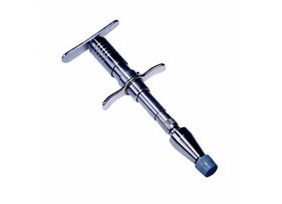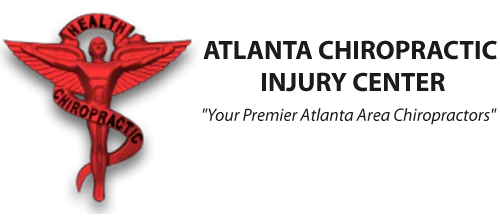
- Activator Method
- Worker’s Compensation
- X-Rays
- Chronic Condition Relief
- Herniated Discs
- Improved Health
- Pediatric Ailments
- Repetitive Use Injuries
- Drop Table Technique
- Heat Therapy

Activator Method
The Activator is the most widely used chiropractic instrument. Studies show improvement with the Activator Method. It also has been compared to other techniques and proven to be just as effective. This means that for many patients an Activator adjustment could very well lead to the same outcome as a manual adjustment. This offers chiropractors and patients an alternative to manual adjusting when it is preferred for clinical reasons.

Worker’s Compensation
Worker’s compensation is a form of insurance that replaces lost wages and pays for medical and chiropractic care for people injured on the job. It typically covers a number of injuries that can happen to nearly any worker. These injuries may occur as a result of a slip and fall accident, tripping over a hazard or on an unsafe surface, or falling off a ladder. For some workers, workers’ compensation will cover injuries that happen while the worker is driving or traveling as part of his or her work duties.
Musculoskeletal disorders affect a person’s muscles, bones, joints and connective tissue, such as tendons and ligaments.
A number of musculoskeletal disorders can keep a worker off the job, including:
- Sprains, strains, and tears
- Back pain
- Neck pain
- Carpal tunnel syndrome and other repetitive stress injuries
- Headaches and migraines

X-Rays
One of the most important elements of chiropractic care is diagnostics. Chiropractic radiology is a tool utilized in care as a diagnostic practice to rule out pathology (such as possible tumor or fracture) and/or an additional aid to determine where to adjust the spine. Chiropractors rely on a variety of diagnostic techniques in order to fully understand what is occurring in the patient’s musculoskeletal system, and how a given treatment intervention could bring about positive results in each patient.
